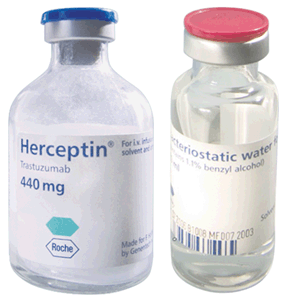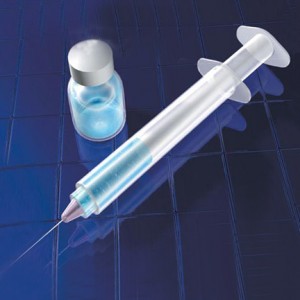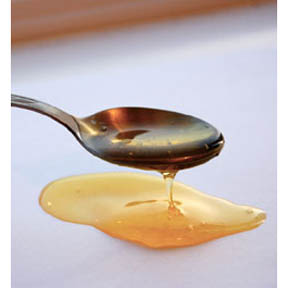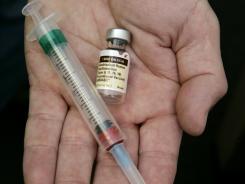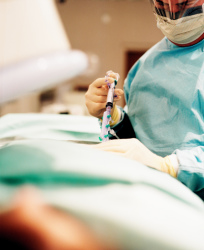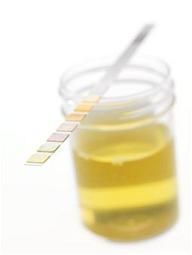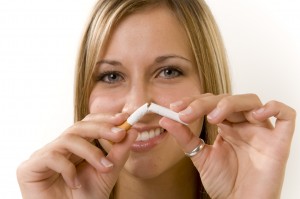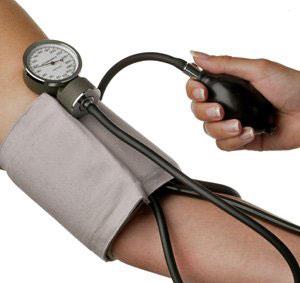 A large study has found that hypertension is associated with an increased risk for cancer death, and that hypertension increases the risk of developing cancer — although the latter effect reached statistical significant only in men, not women.
A large study has found that hypertension is associated with an increased risk for cancer death, and that hypertension increases the risk of developing cancer — although the latter effect reached statistical significant only in men, not women.
“The relative and absolute risk estimates were rather modest,” said lead researcher Mieke Van Hemelrijck, PhD, from the cancer epidemiology group at King’s College London, United Kingdom.
“This is important from a public health perspective, since a large proportion of the population in many western countries suffers from hypertension,” she told delegates at a presidential session here at the 2011 European Multidisciplinary Cancer Congress. The paper was chosen as one of the best abstracts from the meeting.
One of the implications of this finding is the opportunity it offers for intervention, said Per Hall, MD, PhD, medical oncologist and professor of epidemiology at the Karolinksa Institute in Stockholm, Sweden, who acted as discussant for the paper.
“Primary prevention strategies developed by cardiologists have the potential to lower the risk of cancer,” Dr. Hall explained.
For oncologists, this highlights the need for a more holistic approach, he continued. Oncologists must learn to think beyond cancer therapy and consider treatment of the whole person, including conditions such as hypertension and cardiovascular disease, he said. “If we look for other things also, it would definitely improve overall survival,” he added.
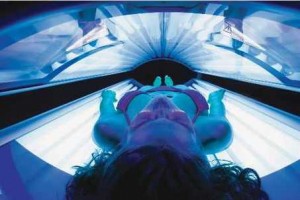 It’s no secret that tanning beds cause skin cancer. Now there’s evidence that some of the ultraviolet rays from these beds may be even more dangerous than previously thought – and that has the “health police” renewing their call for banning teens from the beds.
It’s no secret that tanning beds cause skin cancer. Now there’s evidence that some of the ultraviolet rays from these beds may be even more dangerous than previously thought – and that has the “health police” renewing their call for banning teens from the beds.
